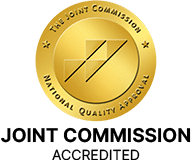The twelve-step program (12-step program) is a treatment program strategy developed by the peer support group Alcoholics Anonymous World Services (AA).
It is a powerful tool that evolved beyond alcoholism, guiding people struggling with various types of addiction into starting their recovery journey, coping during recovery, aftercare follow-up, and maintaining a sober life after recovery.
Globally recognized and validated by science, the 12-step groups program has served standard guidelines for addiction recovery healthcare for more than 80 years.

Today, the AA and its other associated 12-step fellowships have a presence in over 180 countries and a worldwide membership in the millions.
Table of Contents
- 1 Historical Background Of The 12-Step Program
- 2 Core Principles Of The 12-Step Program
- 3 Here Are The Twelve Steps In Detail
- 4 The Benefits Of The 12-Step Program
- 5 Criticisms And Considerations
- 6 Adaptations Of The 12-Step Program
- 7 Integration In Addiction Treatment Centers
- 8 Personal Testimonies
- 9 Conclusion
Historical Background Of The 12-Step Program
The conceiving of the 12-steps of recovery program came after the foundation of AA, which happened in 1935.
Dr. Bob S. and Bill Wilson –a surgeon and a stockbroker who had both been raging alcoholics– are the people behind the existence of AA and its siblings as we know them today.
The two men of alcoholics anonymous works on addictive behavior with the Oxford Group led by Dr. Samuel Shoemaker. It was a spiritually-focused nonalcoholic fellowship.
Billy had successfully gotten sober with the help of another recovering friend and started working with other alcoholics to maintain his recovery.
Dr. Bob, however, didn’t manage to achieve sobriety with his group. That was until he met Bill and experienced support from a peer who also suffered but was made progress.
This inspired both men to work face-to-face with other alcoholics. Along with their first participant to achieve sobriety, they formed the nucleus of the very first AA group.
In 1938, Bill had the idea to document the principles that their group had been generating throughout their experience helping alcoholics and their views on alcohol addiction. This led to the birth of what’s now known as the Big Book, with 12-step meetings explained over its pages.
Core Principles Of The 12-Step Program
The main inspiration of the 12-step program is spiritual awakening guidance stemming from the Christian faith or spiritual principles. It was built upon a belief in a higher power where one receives help from it as well as from fellow sufferers struggling with the same addiction issues.
As such, the core principles of the 12-step program are heavily spiritual. The main principles are to surrender one’s self to a greater power and to exercise personal accountability and self-help.
While admitting and facing one’s responsibility for substance use disorder and other addictions, all subsequent actions, the roles of the other core concepts appear. These are self-reflection of the exact nature of our wrong decisions, discovery, making amends, and committing to continuous learning and growth.

Here Are The Twelve Steps In Detail
Let’s take a closer look at each of the 12 steps of alcoholics anonymous (steps of AA) hailed as addiction recovery standards:
1. ADMITTING POWERLESSNESS AGAINST THE ADDICTION
The program starts with honesty, admitting that addiction currently has control over you.
2. BELIEVING IN A GREATER POWER TO RESTORE SANITY
Next, one works on finding faith in something greater than oneself. Your higher power can be Allah, God, nature, love, the universe, Buddha, the fellowship itself, or otherwise as long you believe in something working at a higher level.
3. DECIDING TO SURRENDER ONE’S WILL AND LIFE TO THAT HIGHER POWER
Accepting and submitting to that greater power helps one find meaning and value in life.
4. CREATING A MORAL INVENTORY OF ONESELF
Objective self-reflection is an integral part of recovery. It’s how you define your demons so you can face them.
5. ADMITTING WRONGS TO ONESELF, TO OTHERS, AND TO THE HIGHER POWER
Accountability is a fundamental element in this program. Being truthful and building a strong sense of integrity helps with recovery.
6. WELCOMING THE HIGHER POWER TO REMOVE THESE FAULTS
Doing spiritual work in preparation for true acceptance of the higher power and its impact.
7. HUMBLY ASKING THE HIGHER POWER TO REMOVE SHORTCOMINGS
Stubbornness and deficiency are typical characteristics of addicts that originate from a distorted self-view. Humbling oneself and asking for help is a way to restore order and relieve oneself from such a burden.
8. MAKING A LIST OF ALL PEOPLE ONE HAS WRONGED AND BECOMING WILLING TO MAKE AMENDS
Trading guilt for willingness to make amends and working towards correcting wrongdoings to those people helps with personal growth from the addict persona.
9. MAKING DIRECT AMENDS WITH THOSE PEOPLE WHEREVER POSSIBLE
The ability to ask for forgiveness–even if it’s not granted–is a sign of strength.
10. CONTINUING TO TAKE PERSONAL INVENTORY AND PROMPTLY ADMITTING WHENEVER ONE IS WRONG
Self-reflection is an ongoing process throughout recovery and even sobriety to keep oneself in check.
11. SEEKING A CONNECTION WITH THE HIGHER POWER THROUGH PRAYER AND MEDITATION
Nurturing one’s connection to their greater power helps them understand their purpose in life. Working toward that goal achieves happiness.
12. CARRYING THE MESSAGE TO OTHER ADDICTS AND PRACTICING THE ABOVE PRINCIPLES IN ALL ONE’S AFFAIRS
Applying these steps day-to-day in various facets of life helps maintain sobriety. Spreading your findings to aid other addicts solidifies what one has learned even more.

The Benefits Of The 12-Step Program
Joining the 12-step program offers plenty of advantages, including the following:
Receiving Impactful Peer Support
Sharing experiences among a group of individuals who know how it feels to go through addiction and what it does to a person’s life is an immensely powerful treatment tool.
Connecting with people at a time of vulnerability and possibly while being rejected/shunned by others has a tremendous effect on a sufferer’s will to recover.
Additionally, it provides addicts with a sense of belonging and a safe space for sharing that stretches over an extensive network of peer support.
Providing Structured Consistency
Regularly attending meetings and checking in with sponsors delivers consistency that’s typically absent from an addict’s life. The added structure helps provide grounding to encourage stability during recovery.
Bringing about Emotional and Spiritual Growth
The 12-step program emphasizes realizing a spiritual connection to a greater power and discovering one’s self through continuous self-examination.
This helps develop a person’s spiritual side and exposes their innermost emotions to push them to work through these often difficult findings.
Long-term Sobriety and Service Commitment
As part of the 12-step program, you become a member for the long run. Your presence doesn’t end with achieving sobriety, but it persists as a lifelong recovering individual and a supporter of new addicts coming in seeking help.
Criticisms And Considerations
While the transformative influence of the 12-step program is proven by many, it faces a fair share of criticism regarding 3 primary points:
Culture
As the core concept of the 12-step program is based on surrendering one’s self to a greater power, some view AA and its adaptations as religious organizations that enforce beliefs on vulnerable people.
However, individuals aren’t obliged to believe in God to follow the 12-step programs and attend meetings. The idea is to take personal responsibility and to admit powerlessness against addiction.
For many addicts, this is easier when you perceive a higher power that you can seek help from. Members are free to believe in any form of greater power, be it Allah, God, nature, love, the universe, Buddha, the fellowship itself, or otherwise.
Effectiveness
Doubts surrounding whether or not the 12-step program is beneficial in addiction recovery have been circulating since its conception. To that end, many studies have been conducted to prove its efficacy, and they all came back with positive findings.
Feel free to browse some of them in the references section.
Misconceptions and Drawbacks
Besides enforcing a religious idealogy and having no scientific-based effects, another misconception about the 12-step program is that it discourages medical and other types of professional treatments.
However, the 12-step program pushes addicts to reach out for help. It prompts them to be accountable for their mistakes and work on fixing them in any way possible.
As such, the program encourages getting proper treatment simultaneously with the 12 steps.
Not to mention, AA and associated fellowships provide 12-step programs for free. Many addicts rely on them due to a lack of finances to receive professional/medical help.
So, often times members can’t include another type of treatment in their recovery journey, which may wrongfully come across as AA seeking exclusivity.
That said, a few drawbacks of the 12-step program include:
- Professional guidance is not the standard
- Risk of over-dependence
- A stigma that only hopeless, rock-bottom addicts join such programs

Adaptations Of The 12-Step Program
Alcoholics Anonymous was the first fellowship of its kind, but soon enough, a need for specialized groups arose to address different types of addiction—drug and behavioral– and not just alcoholism.
The 12-step program has been tailored so it’s applicable to pretty much any sort of addiction including drug addiction, drug abuse, alcohol abuse, and even unmanageable behavioral health concerns . Offshoot organizations such as NA (Narcotics Anonymous), GA (Gamblers Anonymous), OA (Overeaters Anonymous), Al-Anon, and so on.
Integration In Addiction Treatment Centers
Many in-patient, transitional, outpatient, and other types of treatment approaches incorporate one form or another of the 12-step program as a peer support tool that complements therapeutical and/or medical interventions.
For example, the majority of treatment facilities operating under the American Addiction Centers adopt 12-step programs as part of their treatment plans. Wasatch Crest, Anew, and Simple Path Recovery are also examples of treatment centers that utilize the 12-step program.
Personal Testimonies
Success stories involving the 12-step program often remain unveiled due to the nature of the fellowship. However, some people need the inspiration to get that extra push toward recovery.
Here are some testimonials from real people who vouch for the transformative power of the 12-step approach:
Conclusion
There’s no doubt that the 12-step program can serve as a valuable recovery tool. The evidence is present in the studies, and, more so, in the people.
If you or your loved one is struggling with addiction, consider the 12-step program as a treatment strategy alongside therapeutical and/or medical intervention.
References
- https://scopeblog.stanford.edu/2020/03/11/alcoholics-anonymous-validated-by-meta-analysis/
- https://www.aa.org/find-aa
- https://onlineliterature.aa.org/
- https://www.aa.org/aa-board-calendars
- https://www.aa.org/contact-gso
- https://www.ncbi.nlm.nih.gov/pmc/articles/PMC3753023/
- https://www.scientificamerican.com/article/does-alcoholics-anonymous-work/
- https://www.tandfonline.com/doi/abs/10.1080/02791072.2004.10399731
- https://www.ncbi.nlm.nih.gov/pmc/articles/PMC8060988/
- https://www.ncbi.nlm.nih.gov/pmc/articles/PMC7065341/



